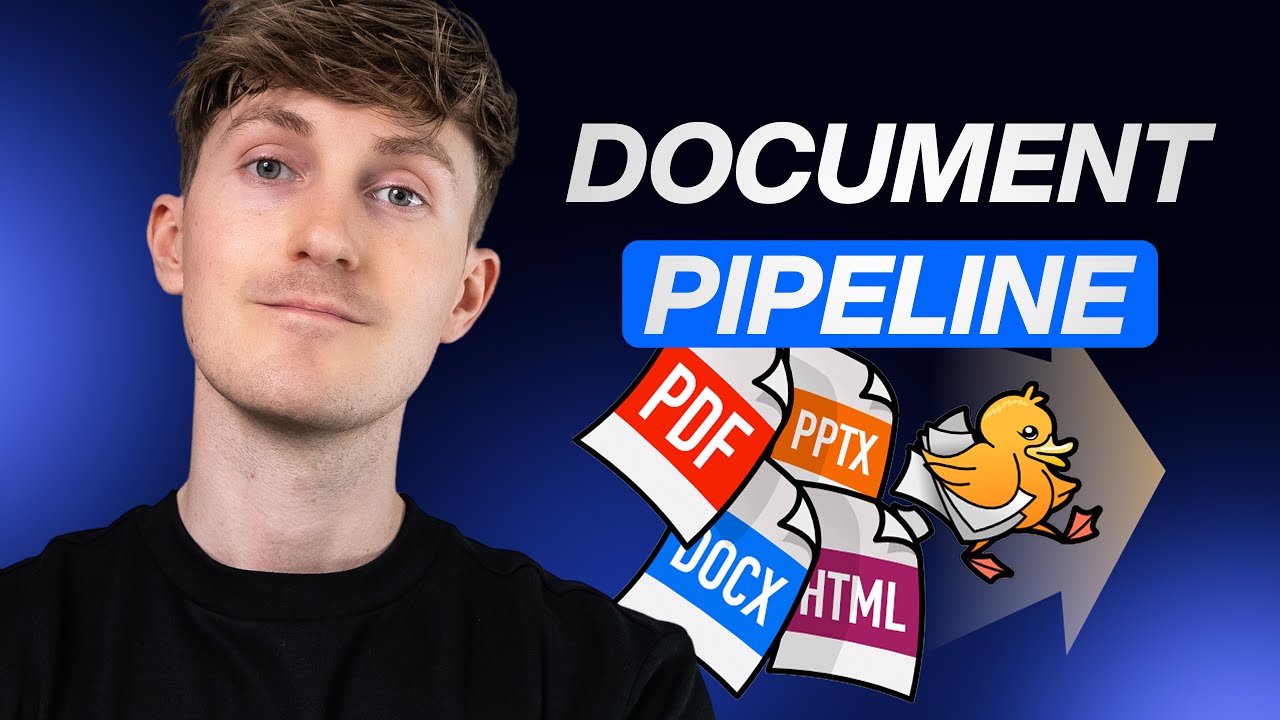The video explains how to prepare data for AI agents by using the open-source Python library Doling to extract content from documents, chunk the data, create embeddings, and store them in a vector database. It also demonstrates integrating this prepared data into a simple chat application, allowing users to interact with the AI agent and retrieve relevant information.
In the video, the presenter discusses the importance of preparing data for AI agents, emphasizing the need to provide them with access to various types of data such as documents, PDFs, and websites. The goal is to equip AI agents with specific knowledge relevant to a company or problem. While many online tools exist for data parsing, the presenter highlights the availability of open-source alternatives, specifically focusing on a Python library called Doling. The video aims to guide viewers through building a fully open-source document extraction pipeline using this library.
The presenter begins by outlining the steps involved in the document extraction process, which includes extracting content from documents, chunking the data, creating embeddings, and storing them in a vector database. The video provides a hands-on demonstration, starting with the extraction of a PDF document using Doling. The library is praised for its ability to handle various file types and produce a structured data model, making it easier to work with different data sources in a unified manner.
Next, the video delves into the chunking process, which involves breaking down the extracted data into smaller, logical segments. This is crucial for ensuring that when queries are made to the AI system, only relevant portions of the data are retrieved. The Doling library offers built-in methods for chunking, including a hybrid chunker that optimizes the size of the chunks based on the requirements of the embedding model being used. This step is essential for preparing the data for embedding and subsequent retrieval.
Following the chunking, the presenter demonstrates how to create embeddings and store them in a vector database, specifically using Lance DB. The process involves defining a schema for the database and populating it with the chunked data, which includes both the text and relevant metadata. The video emphasizes that while Lance DB is used for demonstration, the principles can be applied to other vector databases as well. This step completes the preparation of the data for the AI system.
Finally, the video showcases how to integrate the prepared data into a simple chat application using Streamlit. This application allows users to interact with the AI agent by asking questions and retrieving relevant information from the database. The presenter highlights the dynamic nature of the system, which can be expanded by adding more documents over time. The video concludes by encouraging viewers to explore the process of building knowledge extraction pipelines and to consider subscribing for more content on effective AI agent development.
